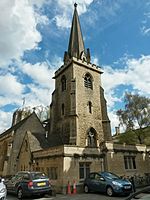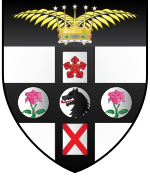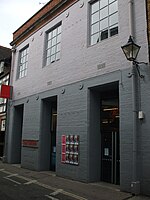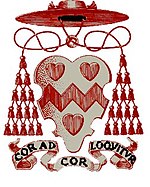Pembroke College, Oxford

Pembroke College, a constituent college of the University of Oxford, is located at Pembroke Square, Oxford. The college was founded in 1624 by King James I of England, using in part the endowment of merchant Thomas Tesdale, and was named after William Herbert, 3rd Earl of Pembroke, Lord Chamberlain and then-Chancellor of the University.Like many Oxford colleges, Pembroke previously accepted men only, admitting its first mixed-sex cohort in 1979. As of 2020, Pembroke had an estimated financial endowment of £63 million. Pembroke College provides almost the full range of study available at Oxford University. A former Senior President of Tribunals and Lord Justice of Appeal, Sir Ernest Ryder, has held the post of Master of Pembroke since 2020.
Excerpt from the Wikipedia article Pembroke College, Oxford (License: CC BY-SA 3.0, Authors, Images).Pembroke College, Oxford
Old Quad, Oxford City Centre
Geographical coordinates (GPS) Address Nearby Places Show on map
Geographical coordinates (GPS)
| Latitude | Longitude |
|---|---|
| N 51.750062 ° | E -1.257827 ° |
Address
Old Quad
Old Quad
Oxford, City Centre
England, United Kingdom
Open on Google Maps










